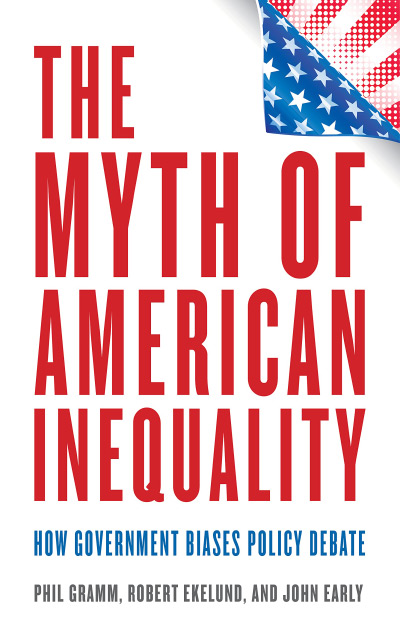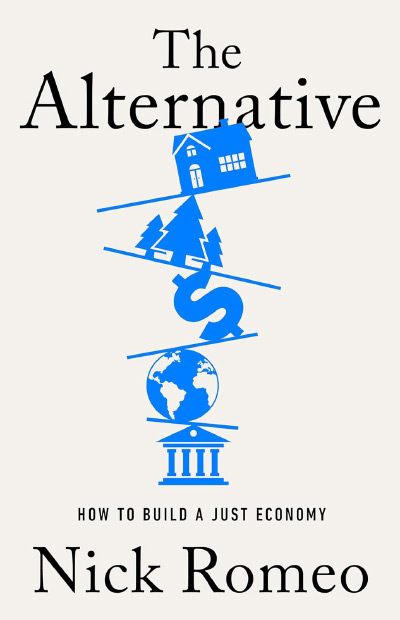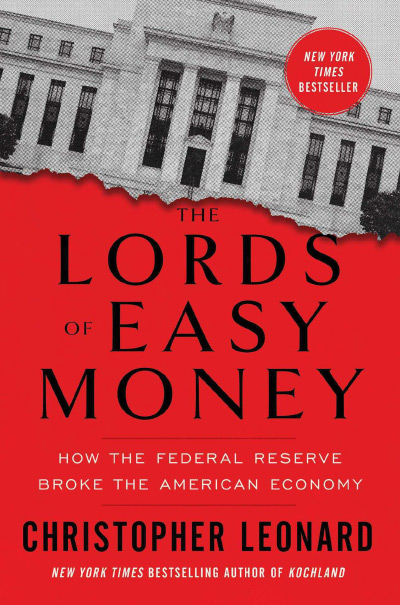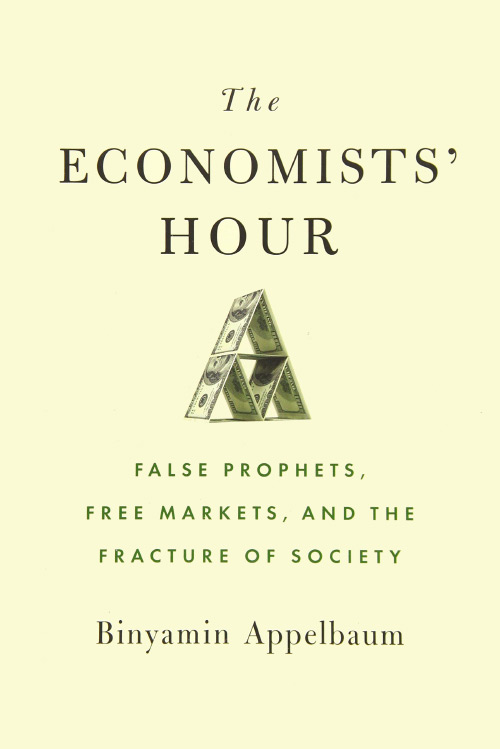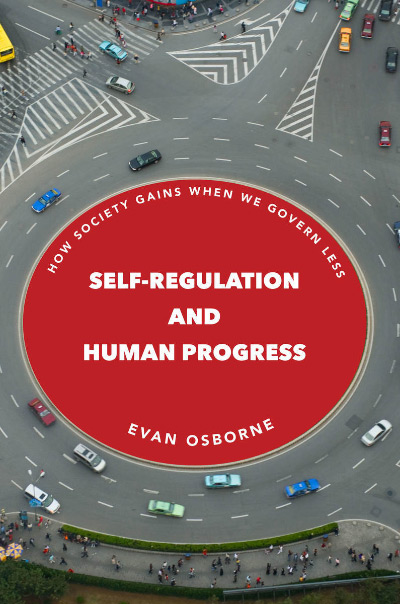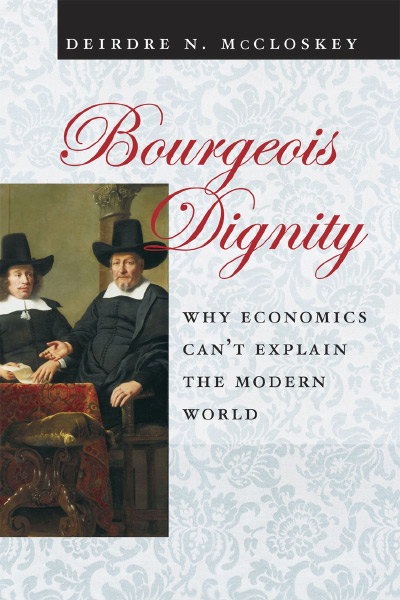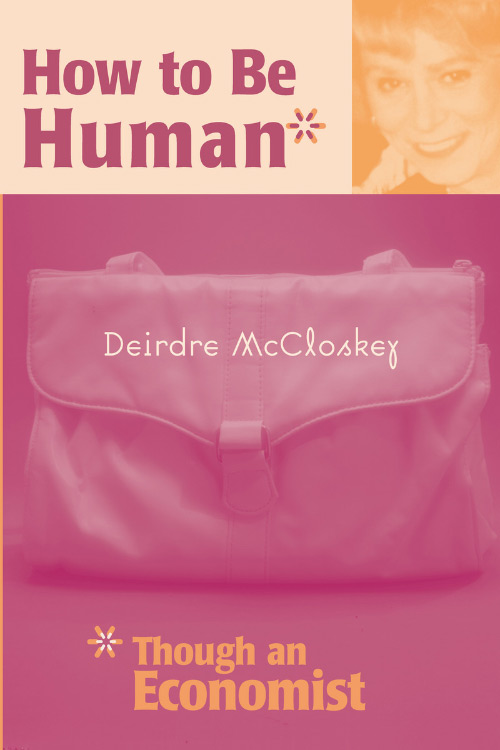This book demonstrates the gross mismeasurement of American inequality due to the fact that the official definition of income includes only earned income plus cash transfer payments, to the exclusion of taxes paid on income and non-cash transfers. It also looks at the impact on real income trends that arises from adjusting income by the Consumer Price Index (CPI), as opposed to the less-biased chain-linked CPI.
Most importantly, the authors find that growing inequality in the United States is an artifact of the official definition of income (hence the title of the book). With income defined as income after taxes plus transfers, both cash and non-cash, inequality as measured by the Gini Coefficient has been roughly constant in the United States since World War II (Figure 4.2, p. 48).
The standard English definition of income is “a gain or recurrent benefit usually measured in money that derives from capital or labor.” Notice the words “that derives from capital or labor.” The standard English definition of income is ill-equipped to deal with the taxes and transfers that characterize the contemporary welfare state.
The economic definition of income has a long history. For present purposes, it is convenient to refer to the Haig-Simons definition (Robert M. Haig, 1921, The Concept of Income—Economic and Legal Aspects, in The Federal Income Tax, edited by Robert M. Haig, 1 – 28, New York: Columbia University Press; and Henry Simon, 1938, Personal Income Taxation: The Definition of Income as a Problem of Fiscal Policy, Chicago: University of Chicago Press). By the Haig-Simons definition, income is what an economic entity can consume and leave its net worth unchanged. Such a definition of income was used to guide the tax treatment of depreciation charges and other aspects of accrual accounting.
More recently, the definition of income as what an economic entity can consume and leave its net worth unchanged has been used by the Organisation for Economic Co-operation and Development (OECD) to define income and to measure its redistribution from income earners to others in welfare states (Isabelle Journard, Mauro Pisu and Debbie Bloch, 2012, Tackling Income Inequality: The Role of Taxes and Transfers, OECD Journal: Economic Studies). Importantly, the OECD has found that there are considerable differences in income redistribution between states following what it calls the Nordic model versus what it calls the Anglo-American model. Further, as discussed in The Myth of American Inequality (pp. 51 – 54), the U.S. Bureau of the Census badly adjusts U.S. figures in its submissions to the OECD.
In the Nordic model of the welfare state, the government provides a generous package of benefits to all (regardless of income), largely financed by flat taxes such as the value-added tax (VAT). In the Anglo-American model, government-provided benefits are means-tested and largely financed by progressive income taxes. While the Nordic model appears to be expensive, it is actually the Anglo-American model that is more costly because of its high marginal tax rates, implicit in the loss of benefits to the lower class who chose to work.
The income less taxes plus transfers definition is employed, in the U.S., by the Urban Institute in its model of certain impacts of tax and welfare policies (Joan Turek and Linda Giannarelli, 2009, The Transfer Income Model. Version 3 (TRIM3), Urban Institute; and, in the calculations of the implicit tax rate of means-tested welfare programs (for example by Eugene Steurle, 2013, Marginal Tax Rates, Work, and the Nation’s Real Tax System; and Clifford F. Thies, 2013, The Implicit Tax Rate on Low Income Americans, in testimony to the U.S. House Ways and Means Committee).
Not explicitly discussed in the book is whether subsidized health care should be considered a transfer (and, symmetrically, whether self-financed health care should be considered a tax). Nobody thinks the provision of free, take-it-or-leave-it primary and secondary school education is a subsidy (although many would prefer fairness in the funding of all schools chosen by parents). At some point, the same might be said of health care. It should be noted that the OECD and Urban Institute do not consider health care subsidies to be a transfer, but do not consider self-financed health care to be a tax.
The book is largely adapted, expanded, and updated from a recent policy analysis by one of its authors (John F. Early, 2018, Reassessing the Facts about Inequality, Poverty, and Redistribution, Cato Institute). The original piece was 23 pages long, not including references, whereas the book is 183 pages long, not including appendices, endnotes, and index. The book offers many advantages against the one disadvantage of not employing color in its graphics. Adroit use of differences in the thickness of lines, shading, etc., mitigate the loss of color, but not completely.
My only real criticism of the book is that it doesn’t have more data appendices of the time series based on the correct definition of income, as shown in the book’s charts. There is an urgent need to correct the official statistics as this book masterfully shows is possible, and methodologically calculates in many measurements using available data.
| Other Independent Review articles by Clifford F. Thies | ||
| Spring 2023 | Unintended Consequences: A Critical Review of Child Support Enforcement | |
| Summer 2016 | Reputation Overrides Record: How Warren G. Harding Mistakenly Became the “Worst” President of the United States | |
| Fall 2014 | Repudiation in Antebellum Mississippi | |
| [View All (6)] | ||



